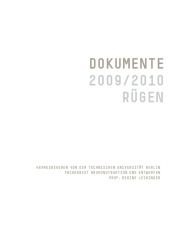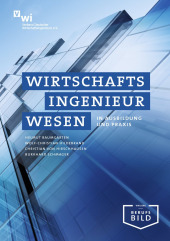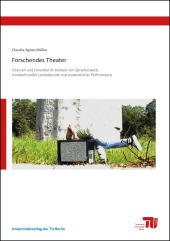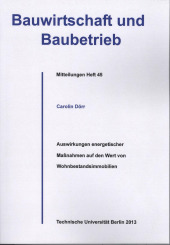Heute Friedhof. Morgen Wohngebiet?
Fallstudie Berlin zur Friedhofsentwicklung in der Stadtplanung
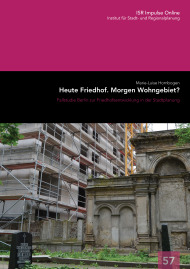
Publishing year: 2016
Cemeteries are special places because of their location and their importance for urban areas: they provide a habitat for flora and fauna and are at the same time recreational areas for the people. Even proof of the history development can be found here. Cemeteries are constantly changing and are deeply affected by social, religious, political, aesthetic and demographic factors – such as: – Demographic trends presuppose fewer funerals. – The pluralism and individualization of society, the change in family structures and the diversity of lifestyles have a mourning affect on funeral behaviors and thereby on cemeteries as well. Classical earth graves are rarely chosen, care free urn graves are increasingly in demand. Population growth and earth graves were the basic assumption in the planning and construction of existing cemeteries. Due to increased demand of graves with low space and narrowed maintenance, there are a lot of cemetery surplus spaces nowadays. These areas are no longer needed for burials. Because of increased maintenance requirements they produce economic pressure for cemetery carriers. There are currently more than 200 hectares surplus spaces in Berlin, in the upcoming years the number will grow up to 340 hectares. In 2006 the Berlin Senate decided to set up a cemetery development plan. The aim of this informal plan is, among other things, to provide solutions and answers for these economic challenges. The plan admits to the possibility of supplying unneeded cemetery land for other purposes. Due to the possibility of other uses, the cemetery development plan promises savings in the cemetery budget. In the upcoming years, some cemetery land will be free. It is a new field in the city development. This case study discusses possible green and other subsequent uses of no longer required cemetery areas. This is done on the basis of the Berlin cemetery development plan and the analysis of literature and interviews with experts. This case study provides recommendations and answers for action in the two fields of cemetery development plan and re-use strategies.
